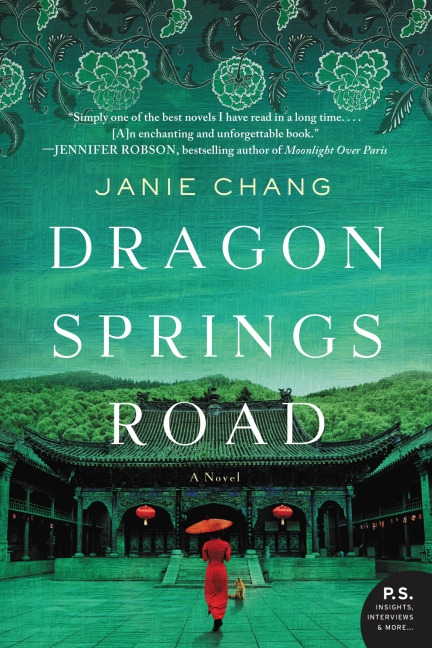Beyond Black and White: The Identity Construction and Political Attitudes of Biracial AmericansPosted in Census/Demographics, Live Events, Media Archive, Politics/Public Policy, United States on 2017-04-05 20:19Z by Steven |
Beyond Black and White: The Identity Construction and Political Attitudes of Biracial Americans
University of Hawaiʻi, Hilo
200 W. Kāwili Street
Hilo, Hawaiʻi 96720-4091
Student Services Center Room W-201
Friday, 2017-04-07, 17:00–19:00 HAST (Local Time)
Lauren D. Davenport, Assistant Professor of Political Science
Stanford University, Stanford, California
Free presentation on the broader social and political implications of the increasingly racially mixed American landscape, featuring guest lecturer Dr. Lauren Davenport, Professor of Political Science at Stanford University.
In what has been called “the greatest change in the measurement of race in the history of the United States” (Farley 2002: 33), Americans were allowed, for the first time, to self-identify with more than one race in the 2000 U.S. census. Since then, the U.S. multiple-race population has skyrocketed by 106%—more than 17 times the rate of growth of the single-race population. Individuals of mixed-race comprise the fastest-growing youth group in the nation, and an estimated 20 percent of Americans will identify with multiple racial groups by 2050. When it comes to multiple-race labeling, Hawaii is leading the charge: it is the state with the largest percentage of the population identifying as multiracial, by far.
In this presentation, Dr. Davenport draws upon a wealth of sources to address the following questions:
- How do mixed-race Americans see themselves, socially, culturally, and politically?
- What factors determine how someone of mixed-race parentage decides to racially self-identify?
- What are the repercussions of these identities for the broader American political structure?
- How do people of mixed-race approach racial policies, such as affirmative action, and social policies, such as same-sex marriage?
- What do the increasing number of multiracial identifiers mean for the allocation of resources and benefits intended for minority populations?
For more information and to make reservations, click here.





